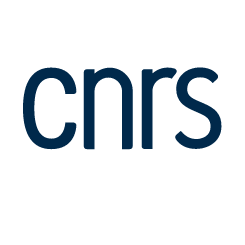Quantum Information in the Protein Codes, $3$-manifolds and the Kummer Surface
Information quantique dans les codes des protéines, 3-variétés et la surface de Kummer
Résumé
Every protein consists of a linear sequence over an alphabet of $20$ letters/amino acids. The sequence unfolds in the $3$-dimensional space through secondary (local foldings), tertiary (bonds) and quaternary (disjoint multiple) structures. The mere existence of the genetic code for the $20$ letters of the linear chain could be predicted with the (informationally complete) irreducible characters of the finite group $G_n:=\mathbb{Z}_n \rtimes 2O$ (with $n=5$ or $7$ and $2O$ the binary octahedral group) in our previous two papers. It turns out that some quaternary structures of protein complexes display $n$-fold symmetries. We propose an approach of secondary structures based on free group theory. Our results are compared to other approaches of predicting secondary structures of proteins in terms of $\alpha$ helices, $\beta$ sheets and coils, or more refined techniques. It is shown that the secondary structure of proteins shows similarities to the structure of some hyperbolic $3$-manifolds. The hyperbolic $3$-manifold of smallest volume --Gieseking manifold--, some other $3$ manifolds and Grothendieck's cartographic group are singled out as tentative models of such secondary structures. For the quaternary structure, there are links to the Kummer surface.
| Origine | Fichiers produits par l'(les) auteur(s) |
|---|
